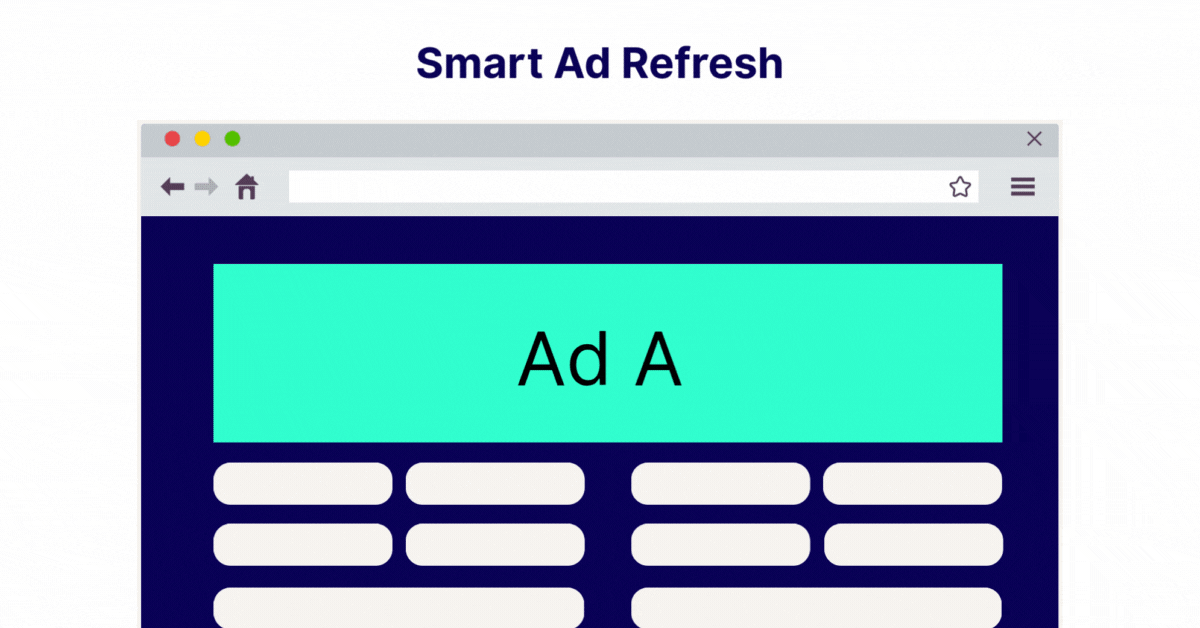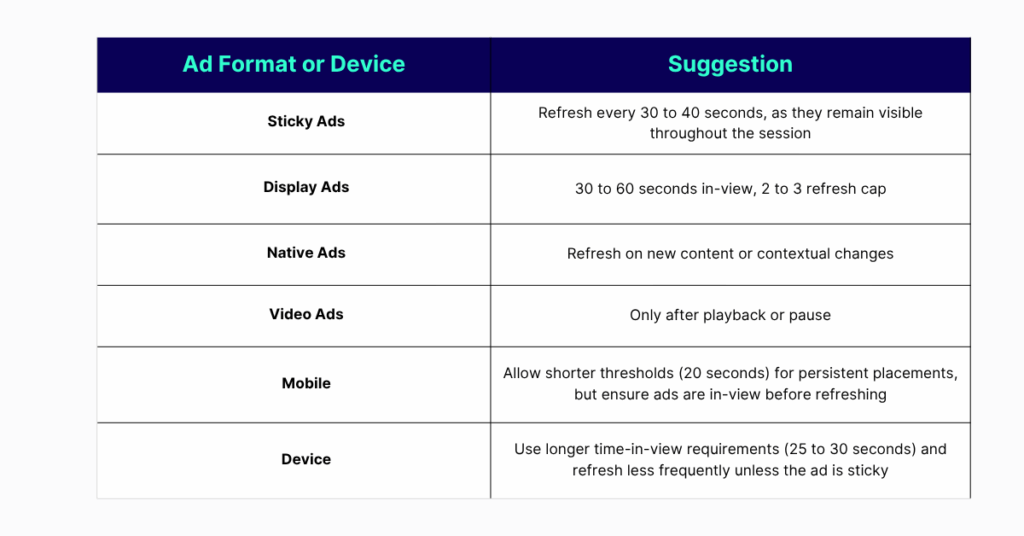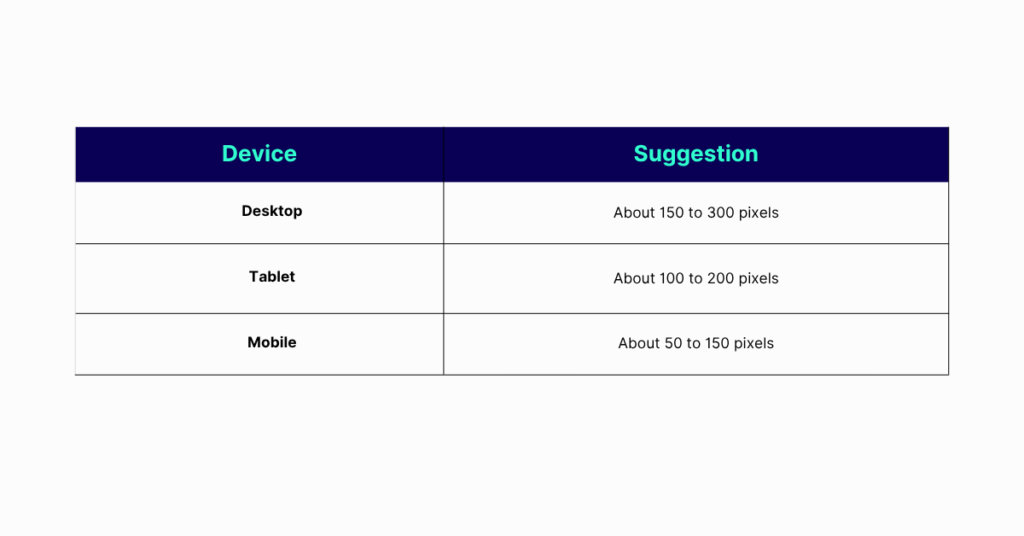Smart in-view ad refresh is a method that reloads ads only when they are actually visible to users and after a certain amount of engagement time. Dynamic ad insertion is a technology that automatically places ads inside a page’s content, identifying the best positions based on how each article is structured.
By combining these two strategies, publishers can make better use of their ad inventory, improve viewability, and steadily grow their revenue.
Introduction
Publishers must make every page view count, but the challenge is to do it without cluttering their pages or relying on endless manual adjustments.
Intrusive or poorly timed ad experiences push users away, shorten sessions, reduce pages per visit, and weaken long-term loyalty. This directly impacts revenue.
In a survey by AdMonsters, 56% of users stated that a bad ad experience will cause them to leave a site or close an app immediately, and 73% of them said they would not recommend the site or app, which means fewer returning users, fewer new users, and fewer opportunities to monetize.
Two techniques have become key in combating this and achieving a balance: smart in-view ad refresh and dynamic ad insertion. These help unlock the full potential of their ad inventory, improve viewability, and increase publisher revenue while maintaining a natural, user-friendly experience.

Explaining Smart In-View Ad Refresh
Ad refresh is a method publishers use to display new ads in the same placement while a visitor remains on a web page. The ad content updates according to preset triggers, and the page itself does not need to reload. This allows a single user to see multiple ads within the same spot and during the same browsing session.
Traditional ad refreshing often relies on timers, reloading ads every set number of seconds. While that may increase impression volume, it frequently lowers viewability and can frustrate users. Smart in-view ad refresh changes this by only refreshing ads that are actively visible on screen and when users are still engaged with the page.
This means an ad won’t refresh unless at least 50–75% of it is in view and the user has spent a minimum amount of time interacting with the page. It is important to remember that higher viewability leads to increased competition in auctions, higher bids, and more stable CPMs.
This approach benefits both sides: publishers earn more consistent and trustworthy revenue, and advertisers get more meaningful impressions.
Another advantage is that publishers can set flexible refresh rules based on ad format or placement. Below, you can find some best practices to take maximum advantage of smart in-view ad refresh:

Explaining Dynamic Ad Insertion
Dynamic ad insertion uses data-driven algorithms to automatically identify the best ad placements based on each article’s layout and audience behavior. It scans the structure of each article and identifies optimal points for ad placement. These could be after a subheading, between paragraphs, or near multimedia elements.
This approach effectively monetizes long articles by filling unused spaces that static ad placements often miss, allowing publishers to use every inch of their ad inventory efficiently.
An important aspect of dynamic ad insertion is defining the pixel distance between ads and nearby content. Publishers can fully customize these values to maintain a smooth reading experience. Below are some commonly used best practice ranges, depending on the device:

This spacing ensures ads do not disrupt the editorial flow or overwhelm the user experience, which is essential to balancing monetization with usability.
Publishers can also define rules to avoid placing ads near certain widgets or images. Combined with A/B testing, this makes it possible to identify which layouts deliver the highest viewability and page RPM.
The results can be impressive. Our publishers who adopted dynamic ad insertion reported page RPM growth between 5% and 15%, and on mobile inventories, the average page RPM growth is closer to the higher end of the range!
How Dynamic Ad Insertion and Smart Ad Refresh Boost Publisher Revenue
When used together, dynamic ad insertion and smart in-view ad refresh form a complete monetization strategy. Dynamic ad insertion ensures every page has optimally placed ads that fit naturally within the content, while smart in-view ad refresh ensures those placements continue to perform throughout the user’s visit.
Together, they help publishers:
- Maintain a clean, professional user experience that supports engagement.
- Maximize the use of ad inventory without overwhelming readers.
- Improve viewability by ensuring ads are well-placed and actively seen.
- Increase publisher revenue with every page view through high-quality impressions.
Key Takeaways
Combining dynamic ad insertion with smart in-view ad refresh gives publishers a powerful approach to optimizing their inventory, enhancing viewability, and driving sustainable publisher revenue growth.
Solutions like Ad Manager Hub make it easy to implement and manage tools like these. Ad Manager Hub combines dynamic ad insertion and smart in-view ad refresh with other strengths such as custom reporting and data-driven lazy loading, giving publishers full control over their monetization strategy.
FAQs
Dynamic ad insertion is a technology that automatically places ads within a page’s content based on its structure and context, without needing manual placement. It analyzes each article to find the most effective spots, such as between paragraphs or after headings, and inserts ads in real time where users are most likely to see them.
Smart in-view ad refresh is a system that reloads ads only when they are actually visible to users and after a certain amount of active engagement time. Instead of refreshing on fixed timers, it waits until at least half of the ad is in view and the user is interacting with the page.






